In Scandinavian countries, potted herbs constitute three-quarters of the total herb range. In the Netherlands and United Kingdom, though, those lose out to fresh-cut products in that category. "That has mainly to do with convenience," begins Marco de Jager, managing director of Vitacress Real. "We, too, increasingly supply cut herbs for fresh packs delivered to homes or sold at retailers. Those products belong to the convenience segment, too."
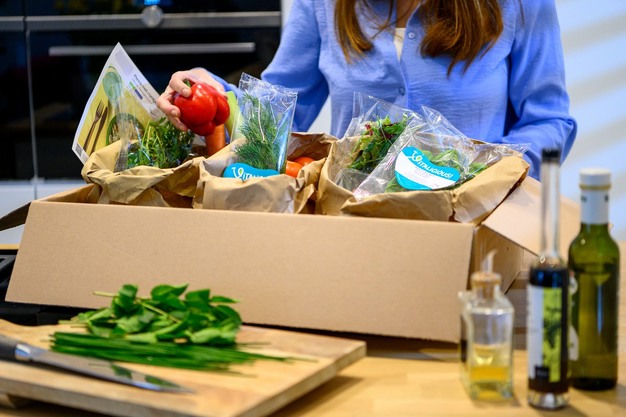
Vitacress Real, a joint venture between the Dutch Gipmans Group and the British Vitacress – originally watercress growers - cultivates, packages, and markets fresh herbs and other natural seasonings like lemongrass, salicornia, and fresh garlic. The packaging is done in Venlo, the Netherlands. As a European fresh product hub, this is an excellent base.
Total fresh herb assortment: potted and cut
Vitacress Real approaches the herb category from a total vision perspective, and its range, thus, includes both potted and cut herbs. "Herb markets often originate from the potted variety, which has everything to do with shelf life. With roots in the ground, the herb retains its nutrition. It's convenient for stores to keep the product on the shelf longer if demand falters; however, many types of cut herbs also last ten days in the refrigerated chain. Unrefrigerated, you can count on about five to six days. The advantage of cut herbs, of course, is that you don't have to care for the plant and can simply refrigerate the product. So, you don't have to have a special spot for it," says Marco.
Still, according to him, potted herbs have a place in the Netherlands, UK, and Germany, where great strides are being made in the convenience trend. There are always people who value the ornamental aspect and longer shelf life. "Basil is a herb that comes into its own best in a pot. Not only because of this fragile herb's longer shelf life, but because you must store it above 10°C, you can't keep it in the refrigerator. In Dutch retail, more than half of basil, a very accessible product regarding taste and is also popular because it's linked to Italian dishes, is sold in pots."
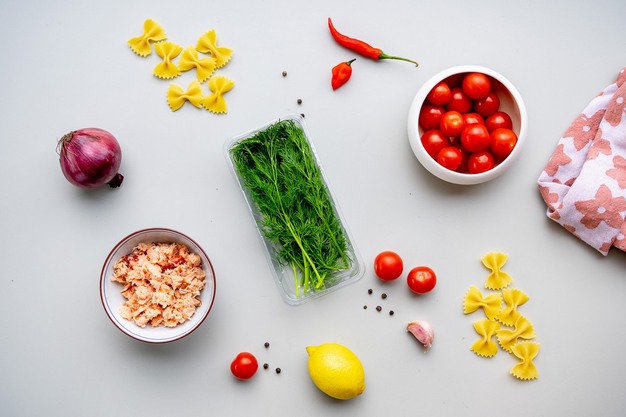
In stores' cut range, mint, parsley, and cilantro are top sellers. Basil and celery follow. In meal boxes, basil and cilantro are the most used herbs in recipes.
Summer and winter cultivation
Vitacress Real grows almost all its herbs outdoors in the Netherlands from May to October. "We used to get basil from Sicily and Spain; now, we prefer growing that in greenhouses close to home. This sensitive product often experiences quality issues during transport. In winter, we do bring herbs we grow outdoors here in summer from Italy and Spain, where they also grow outdoors and partly under tunnels. That's to spread risks because there, too, they must deal with a cold front once every few years. This way, we're assured of year-round European availability," Marco explains.
Since winters in Southern Europe are fresher than Dutch summers, different varieties grow there. "They must be varieties that grow a little better at those lower temperatures. From the south, the herbs arrive here already cut in 5-kilo crates. We then do some further sorting and finally packaging."
Risk spreading
To absorb the impact of climate change, Vitacress Real spreads its geographic risks beyond the Mediterranean region. "We used to work with two dominant regions in Western Europe. Now, we deliberately selected five regions, each about 500 km apart: The Netherlands, northern, western and southern Germany, and France. Storms, like those we had in the Netherlands in late July last year, are often localized. So, we always try to have a place in that broad range to harvest good quality," says De Jager. He adds that summer crops in these five areas may start slightly earlier and continue a little longer due to climate change. "France can deliver mint as early as April; that crop used to start in May."
Partnering with other growers on program basis
Almost 90% of the herbs Vitacress Real markets are self-cultivated or from growers with whom the company has long-standing agreements. This allows the company to offer partners continuity and enforce compliance with quality and environmental requirements. When the company's own production is not sufficiently available, it purchases the remaining 10% on the open market.
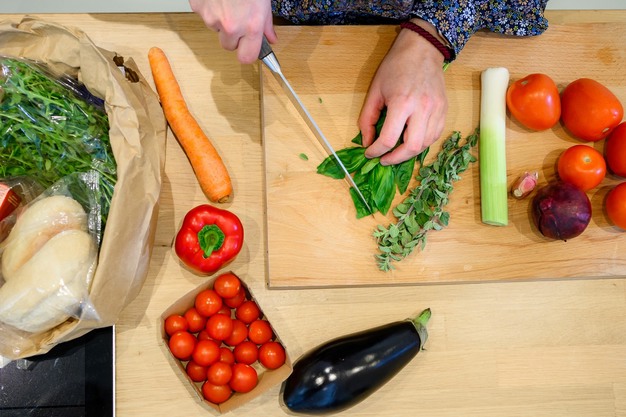
"Many of our partners grow lettuce. Combining that with herb cultivation helps crop rotation so the soil isn't depleted. Also, herbs always leave behind some green waste, which can be considered a fertilizer and multiple harvests are possible. Herb growing, thus, offers multiple benefits, but it requires a certain degree of specialization. A lettuce grower thinking they can just add some herbs is sorely mistaken. Several growers have tried and gave up just as quickly," Marco remarks.
Mechanical harvesting is possible but has limitations
He explains that you can mechanically harvest several herb varieties like baby leaf. "Certain parsley varieties lend themselves well to that, provided the beds are nice and even. Still, with machine-harvested products, the packages aren't neatly divided into stalks on one side and leaves on the other. Some retailers require that. So, depending on the product, crop, and customer, we can use machines for harvesting, which, obviously, saves money from a labor perspective."
Growth potential
Herb consumption differs by country, not only in volumes but in varieties, too. "In the Mediterranean, herbs are a kitchen essential. But, thanks to the popularity of exotic dishes, herbs are on the rise in Western Europe. Those who cook Italian add basil leaves; those who choose Asian think of coriander. In the Netherlands, we've also fully embraced mint tea. Germany is slightly more traditional. There, people still often buy parsley for soup," Marco continues.
He reckons herbs are a segment that still offers plenty of growth potential. "About 50% of households buy herbs once a year, while mushrooms and other less common vegetables far exceed 80%. And those people who buy herbs slightly more often do so on average once every two months, while many vegetables are consumed weekly or bi-weekly. So both the market penetration figures and the frequency of purchases support the potential for further growth."
Meal boxes are a stepping stone to increased consumption
In that sense, fresh packs' popularity can boost this category. "During the pandemic, home delivery meal box subscriptions took off. Now, supermarkets have kind of taken over that segment. Some stores have a decent range of meal boxes. It started with a basic assortment, including lasagna. Now, you can find up to 50 different fresh food packages. And herbs are what can give that twist to broaden flavor pallets tremendously," the managing director adds.
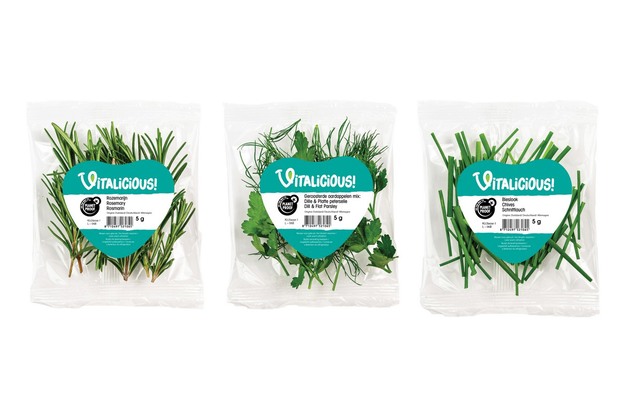
According to him, In the Netherlands, just under half of the market leader in home delivered meal boxes' contain herbs. "We also provide fresh pack suppliers. That's down to especially our experience with herbs in the unrefrigerated chain because shelf life is an important factor in this segment. And because our portioned packaging is automated, we can easily supply the tiny five to 20-gram portions. Our bigger ambition is to increase herb market penetration through these fresh packs because once someone tastes those in the meal boxes, they're more likely to buy a pack of pre-cut cilantro or potted basil," Marco concludes.
For more information:
Marco de Jager 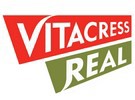
Vitacress Real
50 Faunalaan
5928, RZ Venlo, The Netherlands
Email: [email protected]
www.vitacressreal.com
